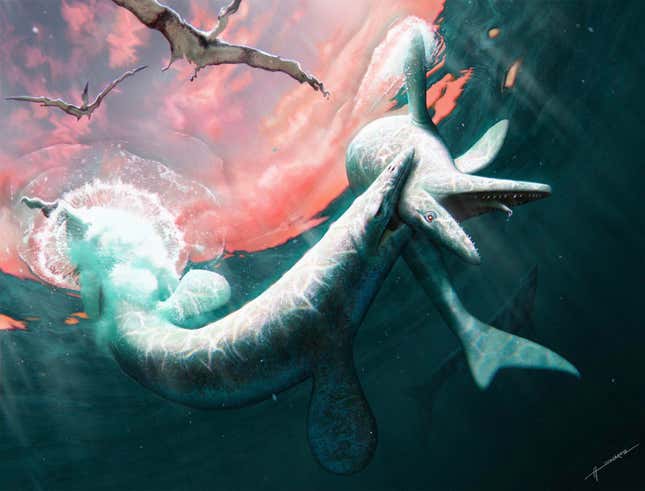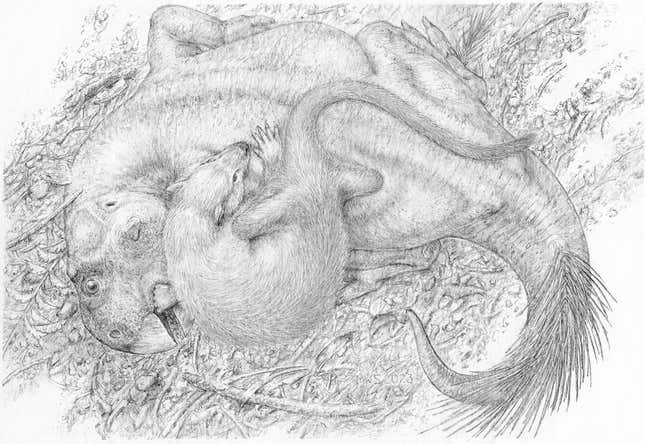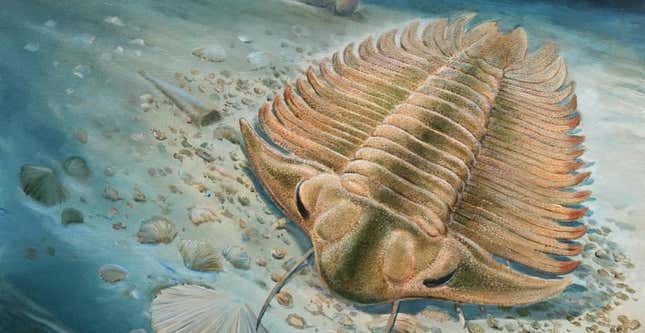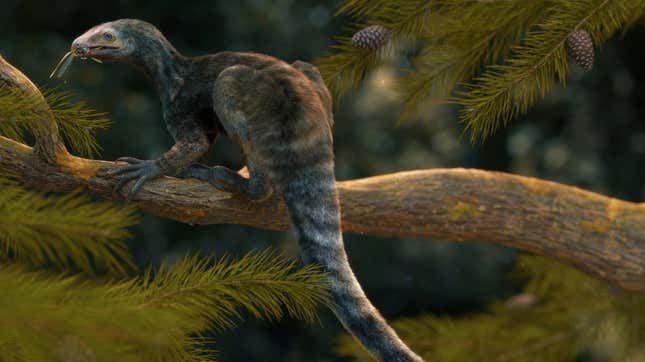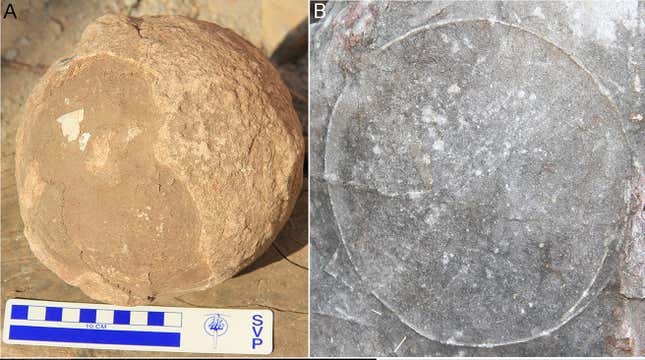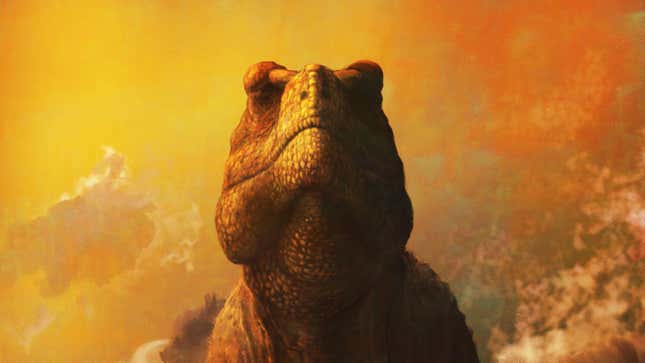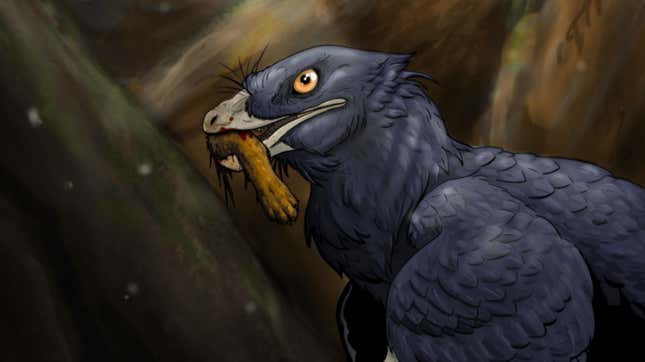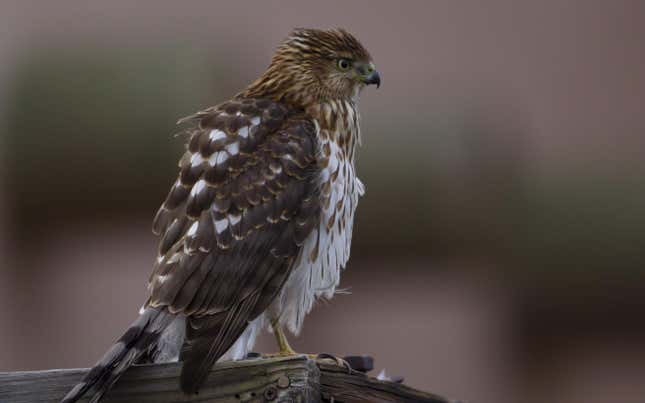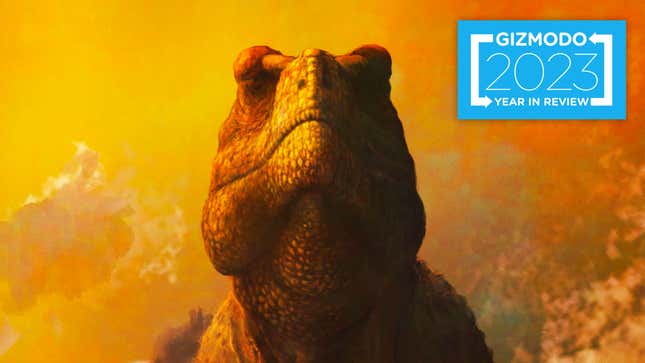
Dinosaurs’ reign on Earth ended explosively (and then dustily, as we’ll mention in this story) when an asteroid slammed into Earth some 66 million years ago. But the dinosaurs—and the diverse ancient creatures they shared the planet with—have kept many secrets locked away in their fossilized remains, secrets which paleontologists work tirelessly to extricate. Here are a handful of the coolest discoveries made about dinosaurs and other ancient life in 2023.

